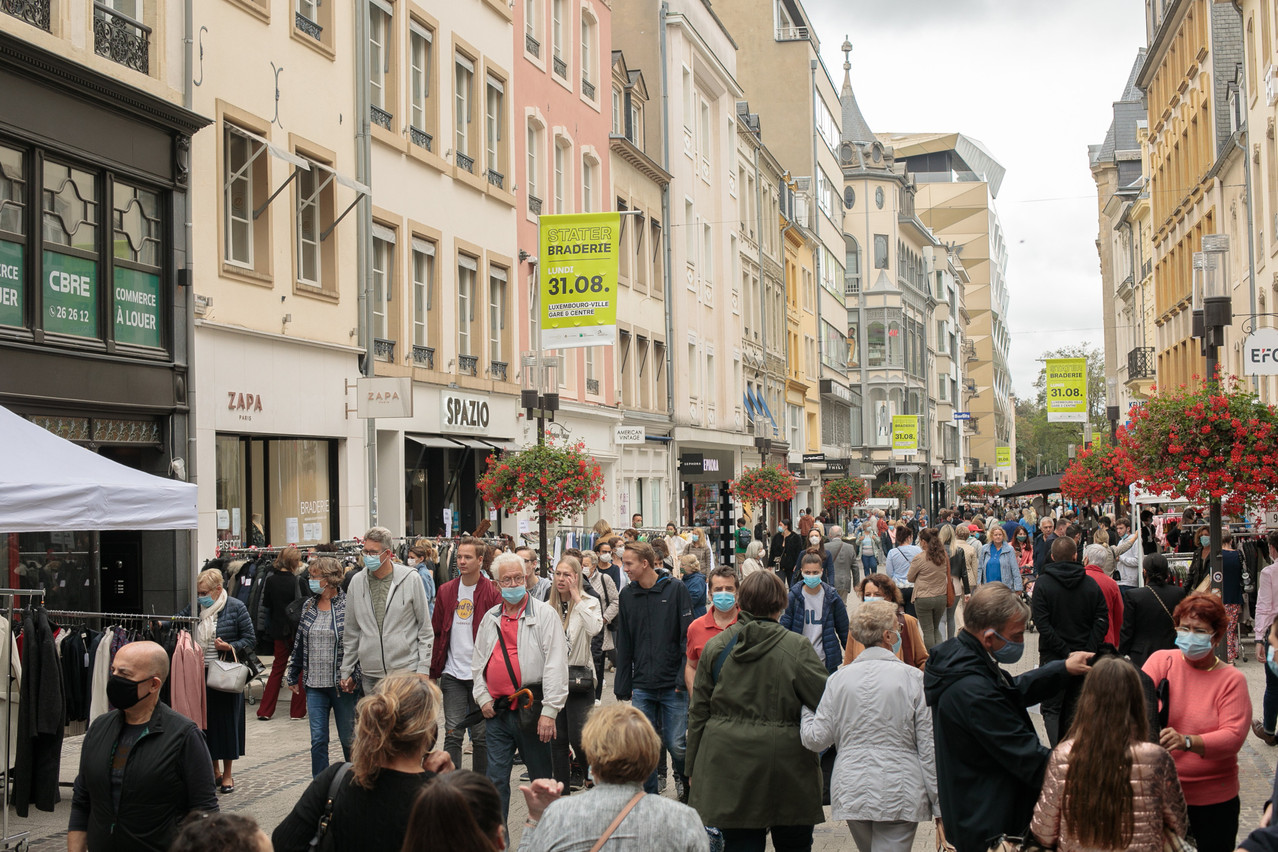The HCOB Flash Eurozone Composite PMI, a pivotal measure of economic performance across the 20-nation bloc, has signaled distress. Descending to a troubling low of 47.0 in August from 48.6 in July, this flash index by the data outfit S&P Global, highlights the waning business activity in the eurozone, attributed to an unexpected slump in services and an ongoing slide in manufacturing.
A PMI value below 50 indicates a sectorial contraction, denoting worsening business conditions and conversely, a score above 50 suggests expansion, pointing to a healthier business environment.
Manufacturing and services: both in decline
The seasonally adjusted Flash Eurozone Composite PMI Output Index, which encompasses about 85% of standard survey responses, marked its lowest level since November 2020.
Moreover, when excluding pandemic months, this represents the most significant dip since April 2013, S&P Global said.
Manufacturing output has decreased for the fifth month in a row, contributing to a three-month overall decline in output. While the drop in August factory production was a bit less pronounced, it’s still the second most significant slump in 11 years, with only the initial covid-led lockdowns seeing a steeper decline.
In contrast, the service sector contracted for the first time since December 2022.
Overall, both sectors experienced deteriorating demand, with new business recording its sharpest drop since November 2020.
Wavering employment
Employment growth nearly came to a halt in August, showing the tiniest increase in job creation since the post-pandemic recovery began in February 2021.
The manufacturing sector witnessed a slight decrease in jobs for the third consecutive month. Conversely, job growth in the more expansive service sector decelerated from its April peak, marking the weakest growth since February 2021.
This hiring slowdown mirrors the significant reduction in companies’ pending tasks or backlogs, hinting at a rise in surplus capacity when compared to demand. Manufacturing backlogs continued their downward trend for the fifteenth month, while the service sector recorded a decline for the second straight month, with the most rapid drop since February 2021.
The worsening state of order books has had a tangible negative impact on business optimism as well as employment for the upcoming year.
Inflationary dynamics and pricing trends
Amidst the gloom, August also witnessed a resurgence in inflationary pressures. However, these remain subdued compared to the peaks seen over the last two years.
Average selling prices and input costs both registered increases. In the goods segment, prices continued their fourth consecutive monthly decline, but the rate of decline eased a bit. In contrast, service sector charges crawled upwards but at their slowest pace since October 2021.
Germany and France under stress
On a country-specific note, Germany, often regarded as the economic powerhouse of Europe, felt the heaviest impact of the downturn. Both its manufacturing and services sectors reported losses, casting a long shadow over Europe’s largest economy.
France closely followed, marking its third consecutive monthly contraction in output. Although other regions of the eurozone showed milder contractions compared to Germany and France, the broad-reaching nature of this economic setback is undeniable.
Commenting on the preliminary PMI figures, Cyrus de la Rubia, chief economist at Hamburg Commercial Bank, stated, “Considering the PMI figures in our GDP nowcast leads us to the conclusion that the eurozone will shrink by 0.2% in the third quarter.”
As the data continues to emerge, it’s evident that the eurozone stands at a pivotal moment. The concerns raised by the HCOB Flash PMI necessitate prompt action from both policymakers and the business sector, with the goal to effectively counter and reverse this decline.
